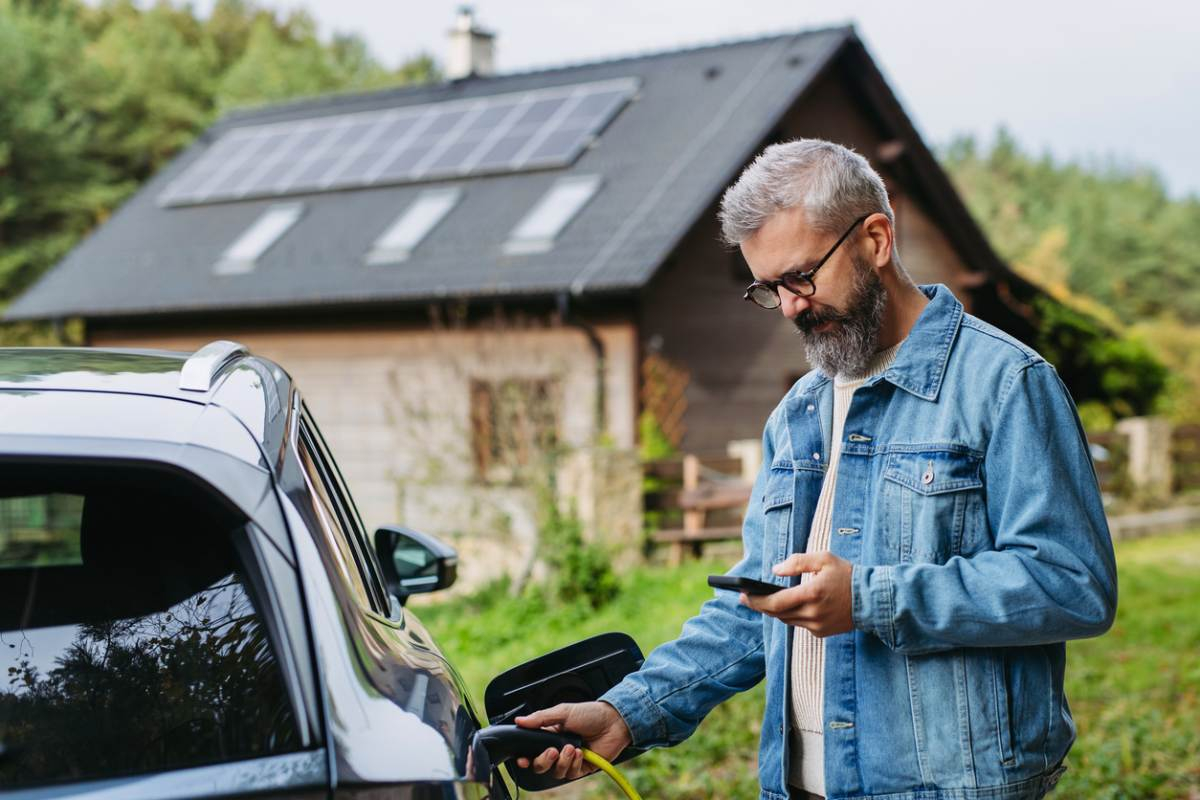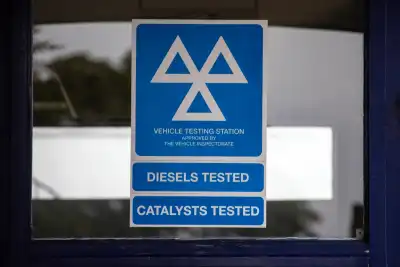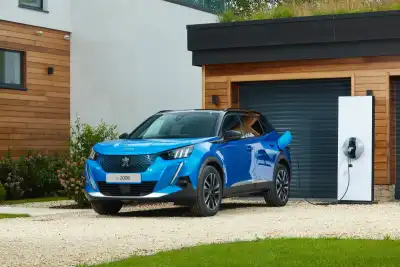
Charging an electric car on the road takes more time and planning than filling up a petrol or diesel car. While public charging infrastructure is improving, it’s still not yet seamless. As a result, there are both written and unwritten rules around how to use these chargers properly.
This guide will help you charge your electric vehicle (EV) efficiently, remain considerate of other drivers, and reduce stress while out and about.
Non‑EVs in a charging bay
When a petrol or diesel car parks in a bay reserved for EV charging and blocks access, this is often called “ICE‑ing” (ICE = internal combustion engine).
If you drive an electric or plug‑in car, you should only use a charging bay if you are actively charging. Leaving a fully charged car connected and occupying a space is still unfair to someone waiting.
Some networks (for example Tesla Superchargers in the UK) have “idle fees” when a vehicle remains connected after charging has finished and when the station is busy.
Can plug‑in hybrids (PHEVs) use public charging stations?
Yes - charging bays are for plug‑in vehicles (those that can be connected to a charger). That includes battery‑electric vehicles (BEVs) and plug‑in hybrids (PHEVs).
Some BEV drivers feel that using rapid chargers for PHEVs is unfair, since PHEVs may not rely on electric power alone or may have engines to fall back on. The point is: in principle, they have the right to recharge, but using the appropriate charger is part of considerate behaviour.
Etiquette at public charge‑points
Plan ahead Use apps like Zap‑Map or PlugShare to check which chargers are available and whether a location is busy.
Large “hub” sites (many chargers in one place) are useful because you are more likely to plug in without waiting. Motorway service areas often offer many chargers, but they may also have queues—so check live status if possible.
Queuing and waiting Unlike a petrol station, public EV chargers often don’t have formal queues. If several drivers are waiting, try to be respectful, let earlier arrivals charge first, and be patient.
Don’t be an EV bay “hogger”
When your vehicle has finished charging (or you have enough charge for your journey), unplug and move it to free up the bay. Parking there long after charging is complete blocks other drivers.
If you’re aware someone may wait behind you, you could leave a note or communicate how long you expect to remain. Charging speed also slows significantly after around 80 % full - it can be more efficient to move on at ~80 % and recharge later than wait to hit 100 %.
Use the right charger for your car
Many EVs sold in Europe use the Type 2 (AC) plug and CCS (Combined Charging System) for rapid charging. Older cars or some imports may have Type 1 or CHAdeMO, but Type 1 is rare in the UK public network now.
Charging power varies: slow chargers (3.7–7 kW) are common for home / destination charging. Rapid or ultra‑rapid chargers can deliver tens to hundreds of kW, depending on the car’s capability. Using a slow‑charging car on a rapid charger can block someone else who needs the higher power.
Don’t unplug someone else’s vehicle
Even if the car appears idle or finished charging, do not unplug someone else’s vehicle connector without their permission. That’s considered poor etiquette.
Workplace charging etiquette
If your employer offers shared charging bays and demand exceeds supply, coordination is helpful. Communicate with colleagues (for example, via a group chat) when chargers are free or when you are done. Propose additional chargers if there is sustained demand.
More general tips for considerate charging
- Remember that charging speed slows significantly after about 80 % battery capacity — so topping up to “enough for your route” rather than 100 % can be faster and more considerate.
- Don’t block or obstruct other chargers by poor parking or by occupying a bay without charging.
- If possible, charge at home overnight where you have a dedicated charger - it is usually more convenient and cheaper than public charging.
- A lot of good charging behaviour simply comes down to common sense and courtesy: being aware of others, and freeing up resources when you no longer need them.




